Warren Distinguished Lecture Series

The Warren Distinguished Lecture Series is made possible by a generous, renewing gift by Alice Warren Gaarden in 1961. Since 1989, we have been bringing in accomplished researchers and speakers from around the world to share their work with students, faculty, and friends of CEGE. Please join us for these lectures!
- Join us in person in the George J. Schroepfer Conference Theater, 210 Civil Engineering Building, Fridays at 10:10 a.m., unless otherwise noted. Coffee and refreshments served.
- Join us via Zoom. Registration is required. Link information will be sent when you register.
- Recordings are available on the CEGE YouTube channel, Warren Lecture Series playlist , where you can also search past lectures.
Upcoming Events
We wrap up the spring season on April 26 with the Robert Dexter Lecture with Dimitrios Lignos, Resilient Steel Structures Laboratory, École Polytechnique Fédérale de Lausanne (EPFL), Lausanne (Switzerland). The series will resume after a summer break.
There are no upcoming events matching your criteria.
Past Warren Lectures
Nonlinear Bayesian Inference for High-dimensional Systems
Friday, Feb. 28, 2020, 10:10 a.m. through Friday, Feb. 28, 2020, 11 a.m.
George J. Schroepfer Conference Theater, 210 Civil Engineering Building
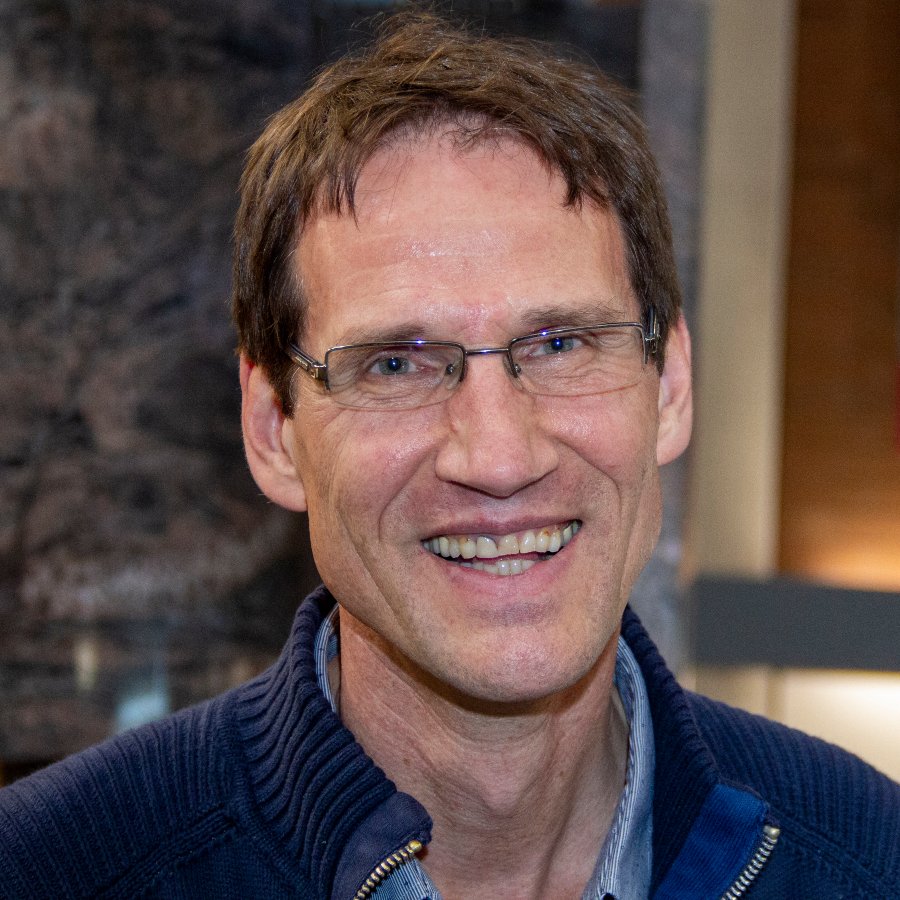
Peter Jan van Leeuwen
Atmosphereic Science, Colorado State University
ABSTRACT: In the geosciences, Bayesian inference is known as data assimilation, and many powerful methodologies have been developed, for instance for weather prediction. At present, weather prediction centers try to find useful solutions to the data-assimilation problem in a state space of size 10 billion or more. These methods are all based on linearizations of the problem, while with ever increasing model resolution and more sophisticated observations the problem has become highly nonlinear. Hence, there is a call for fully nonlinear methods. A new possibility has been developed based on so-called particle flows. Van Leeuwen demonstrates the usefulness of this new approach in simple toy problems and in high-dimensional ocean systems discussing theoretical and practical issues. Finally, van Leeuwen discusses how the present-day weather prediction scheme can be adapted to transform weather prediction from an approximate linearized solution to a fully nonlinear solution of the Bayesian Inference problem.
Machine Learning and Computer Vision for Processing-Property Analyses
Friday, Feb. 21, 2020, 10:10 a.m. through Friday, Feb. 21, 2020, 11:15 a.m.
George J. Schroepfer Conference Theater, 210 Civil Engineering Building

Samantha Daly
Mechanical Engineering, University of California Santa Barbara
ABSTRACT: Microstructure influences deformation and failure mechanisms, such as twinning, slip, grain boundary sliding, and multi-crack systems. This influence includes complex stochastic and deterministic factors whose interactions are currently under active debate. Daly discusses the application of machine learning and computer vision to microscale displacement data for the high-throughput segmentation and identification of deformation mechanisms, and their evolution under load across mm-scale fields of view. Twinning in magnesium is an example. Daly presents a recently developed experimental approach to obtain high-resolution, large FOV microscale deformation maps. Also discussed is the analysis of deformation twinning in Mg WE43 over thousands of grains in each individual test, including the relative activity of specific variants automatically identified from microscale strain fields. The newly developed experimental and analytical approaches are length-scale independent and material agnostic. The approaches can be modified to identify a range of deformation and failure mechanisms.
(recording not available)
Transportation Systems Resilience: Models and Algorithms
Friday, Feb. 14, 2020, 10:10 a.m. through Friday, Feb. 14, 2020, 11:15 a.m.
George J. Schroepfer Conference Theater, 210 Civil Engineering Building
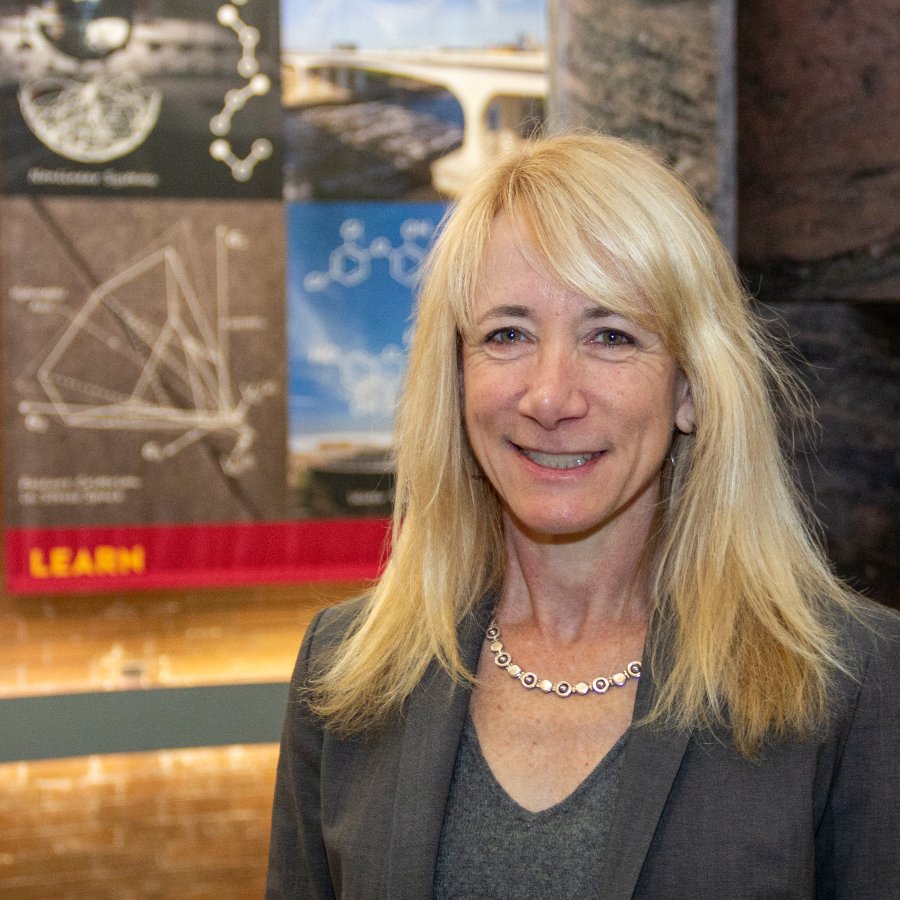
Elise Miller-Hooks
Infrastructure Engineering, George Mason University
ABSTRACT: Miller describes mathematical and algorithmic approaches developed for quantifying and maximizing resilience of surface transportation systems and the societal functions they support. Transportation systems interconnect with other critical lifelines, such as power and water supplies. Together, these lifelines support societal activities. System users’ (for example, transit riders) abilities play an important role in their experience of these systems and services. Miller considers both the technical components of a system and the way that system enables its users to adapt. She discusses resilience in the context of our current environment and a developing environment that is intelligent and connected.
(recording not available)
Customized Machine Learning for Safer and Smarter Transportation Applications
Friday, Jan. 31, 2020, 10:10 a.m. through Friday, Jan. 31, 2020, 11:15 a.m.
George J. Schroepfer Conference Theater, 210 Civil Engineering Building
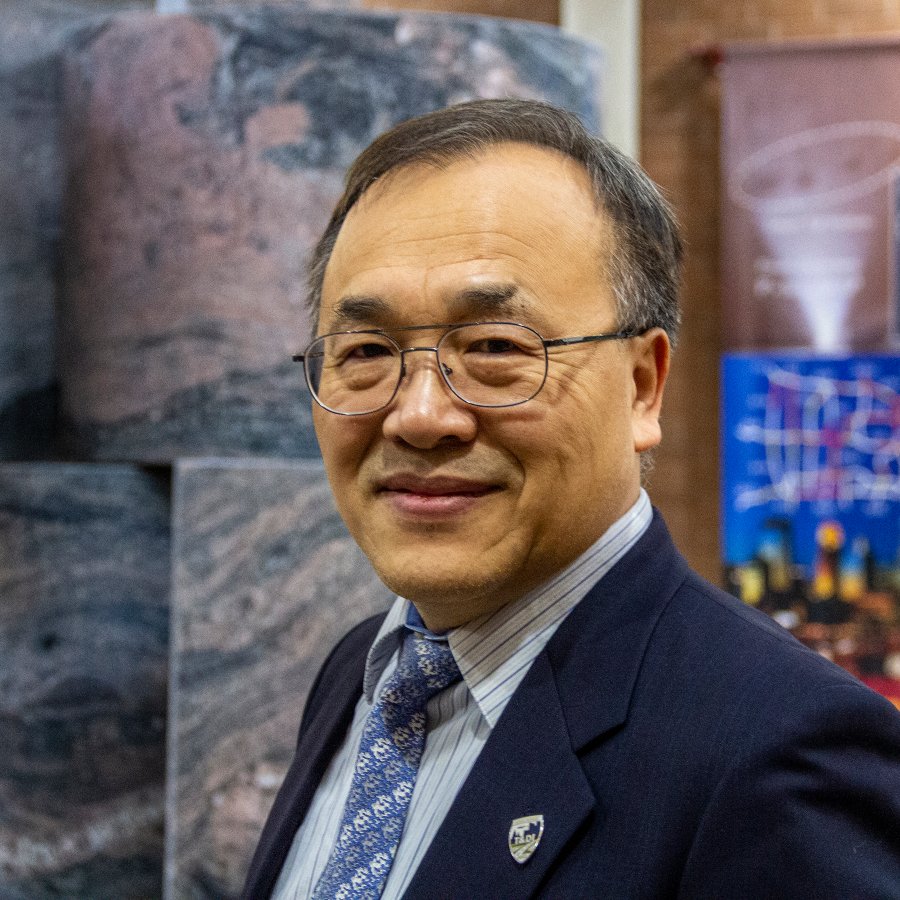
Yinhai Wang
Civil and Environmental Engineering, University of Washington
ABSTRACT: Recent advances in sensing, networking, and computing technologies, have led more and more cities to launch smart city plans to improve quality of life, sustainability, efficiency, and productivity. Sensor networks are essential for smart cities, and many new transportation-related data and computational resources are expected within the Smart Cities environment. However, classic traffic analysis methods are not designed to analyze and process the big-data sets generated from sensors. To take full advantage of these data sets, new methods and tools are needed. Machine learning methods have been increasingly utilized in transportation applications, but most have been developed in other fields and might not fit well. Customizations of conventional machine learning methods are highly desirable. Wang introduces a couple research efforts made at the University of Washington Smart Transportation Applications and Research Laboratory (STAR Lab) that produced customized machine learning methods for safer and smarter transportation applications. The superb performance of these customized machine learning methods clearly indicates the value of such artificial intelligence methods.
Rethinking America’s Urban Water Infrastructure: Resource Efficiency, Access, and Public Health
Friday, Dec. 6, 2019, 10:10 a.m. through Friday, Dec. 6, 2019, 11:15 a.m.
George J. Schroepfer Conference Theater, 210 Civil Engineering Building
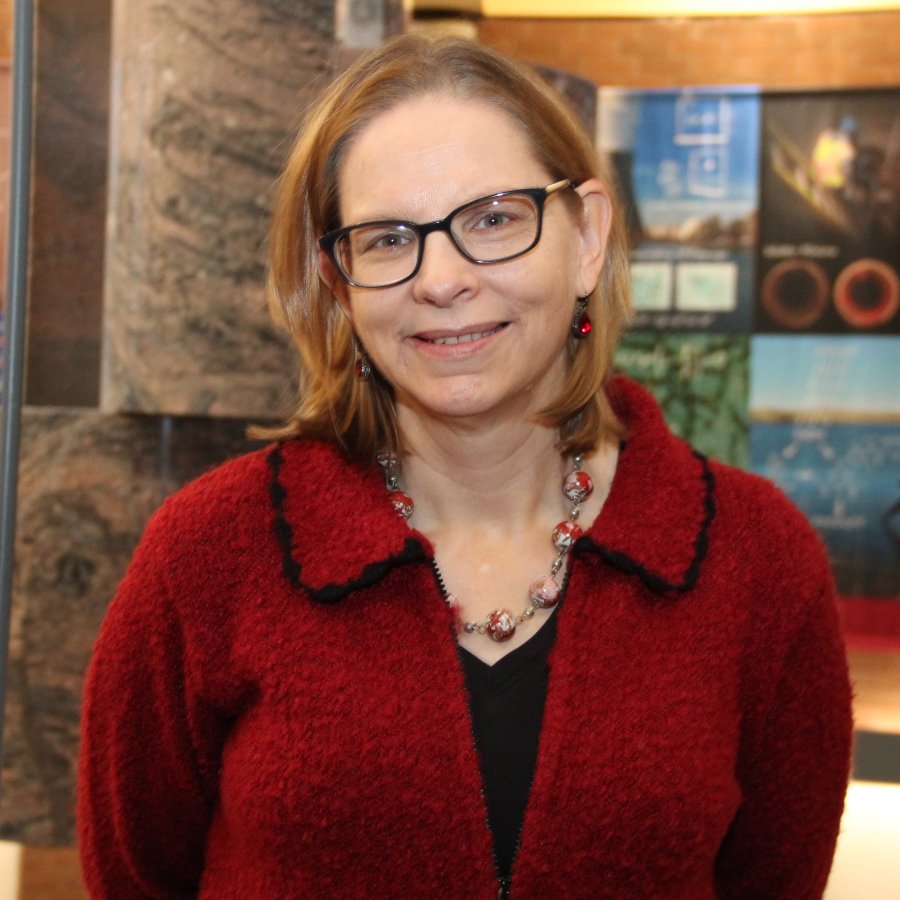
Nancy Love
Civil and Environmental Engineering, University of Michigan
ABSTRACT: Water infrastructure renewal is receiving significant attention as many systems are reaching (or exceeding) their design life. Economic prosperity in developed cities is in part due to centralized water systems, which create high levels of water quality and public health. While centralized water infrastructure has served us well, Love argues that we should not be constrained to 20th century thinking as we plan for the future. IT-enabled "smart" hybrid water solutions have the potential to improve efficiency of resource use, enhance equitable access to water services, change consumer and provider behavior around water, and ensure that we sustain a high level of public health even as more people live in close proximity. Love presents case studies from around the globe. One case study explores development of "smart" distributed nutrient recovery systems being tested at the University of Michigan.
(recording not available )
3D Printing of Infrastructure Materials for Terrestrial and Extraterrestrial Constructions: Experiments, Computations, and Future Outlook
Friday, Nov. 22, 2019, 10:10 a.m. through Friday, Nov. 22, 2019, 11:15 a.m.
George J. Schroepfer Conference Theater, 210 Civil Engineering Building
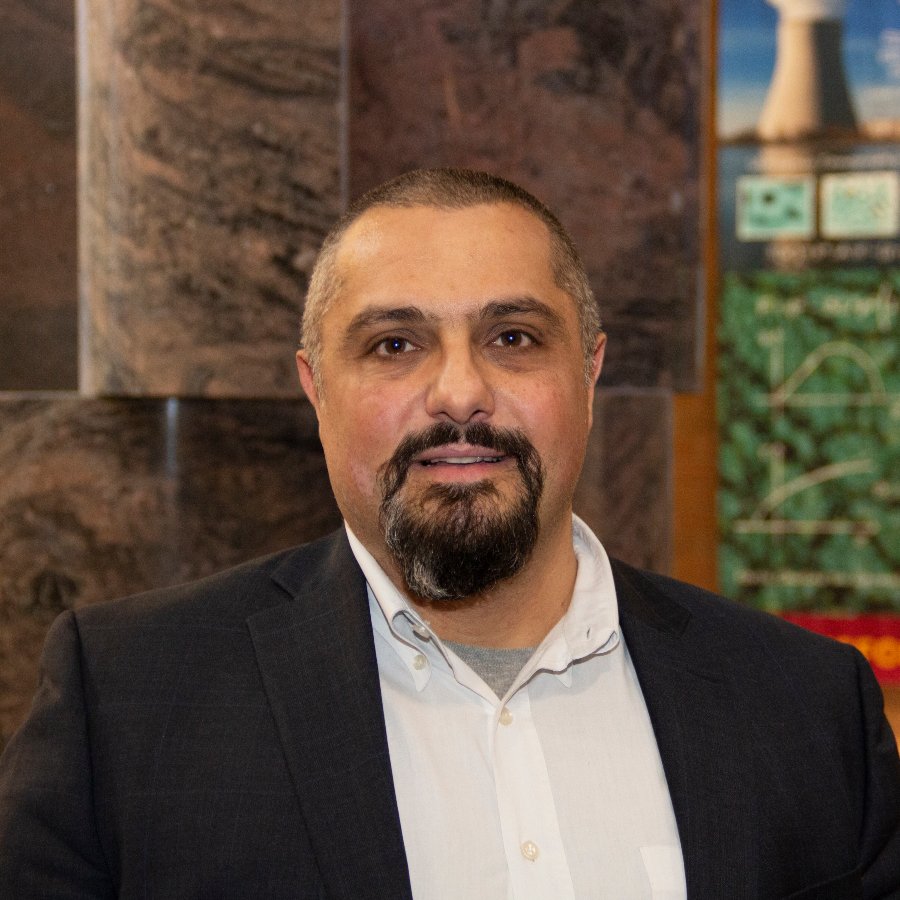
Gianluca Cusatis
Civil and Environmental Engineering, Northwestern University
Cusatis answers questions about disruptive force of 3D printing in the construction industry. He discusses recent work in this field performed at Northwestern University, including a presentation of the multiscale 3D printing facility recently established at Northwestern's CEE department. The facility features various 3D printers that are capable of the additive manufacturing of structures with a variety of materials including plastic, cement paste, concrete, and marscrete (a waterless material developed at Northwestern and being used to explore habitat construction using indigenous materials on Mars). Furthermore, Cusatis discusses a novel computational framework for the simulation of fresh concrete. He reviews the formulation, calibration, and validation of the model and demonstrates the application of the formulated model to the simulation of concrete 3D printing.
(recording not available)
The Granular Genome: An Alternative to Constitutive Modeling
Friday, Nov. 15, 2019, 10:10 a.m. through Friday, Nov. 15, 2019, 11:15 a.m.
George J. Schroepfer Conference Theater, 210 Civil Engineering Building
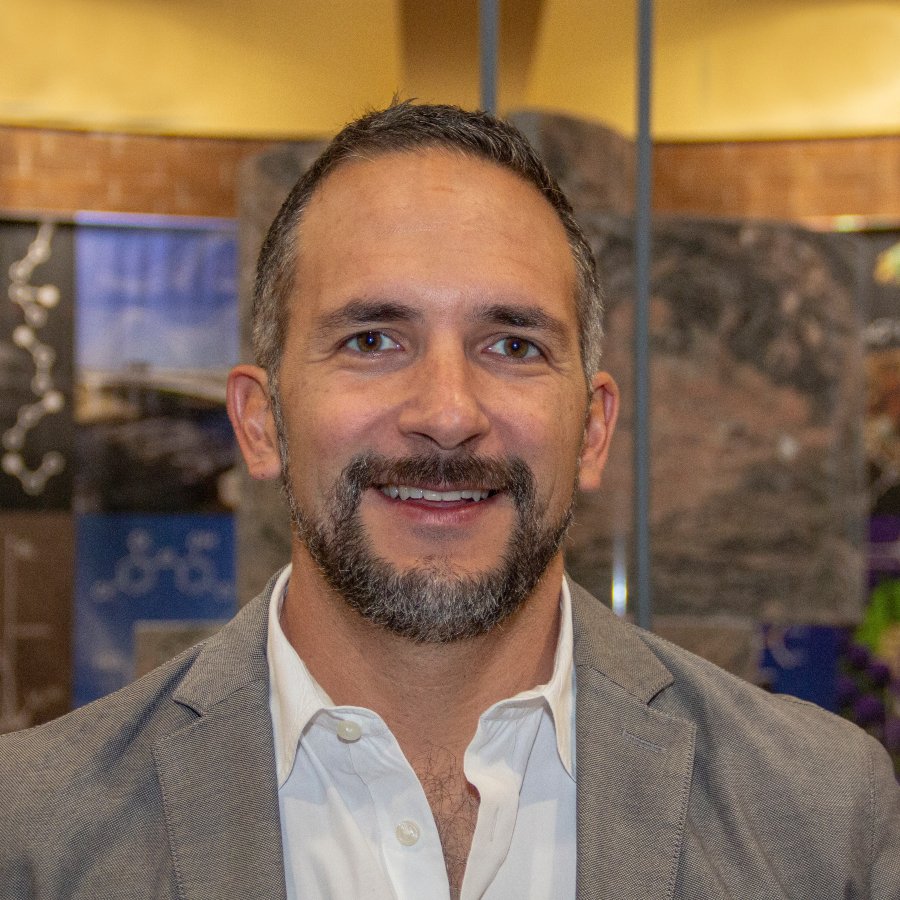
José Andrade
Mechanical and Civil Engineering, California Institute of Technology
ABSTRACT: Andrade explores the concept of a granular genome, the set of inherent properties of granular assemblies that, in conjunction with the (external) state, determine the material’s emergent behavior. Andrade argues that this approach can be an effective alternative to orthodox constitutive modeling. Recent results show the remarkable ability of the genome approach in replicating the material behavior well beyond the capabilities of any orthodox constitutive model. One can then explore other portions of the stress space to obtain a thorough picture of the material behavior. Also, evolving granular features such as breakage (extreme morphological changes), degree of saturation (multiple components), and bonding (sintering, ice, etc.) can be quantified, and their impact on the constitutive behavior can be assessed for the first time.
Rethinking the Seismic Design of Chevron Braced Frames
Friday, Nov. 8, 2019, 10:10 a.m. through Friday, Nov. 8, 2019, 11:15 a.m.
George J. Schroepfer Conference Theater, 210 Civil Engineering Building
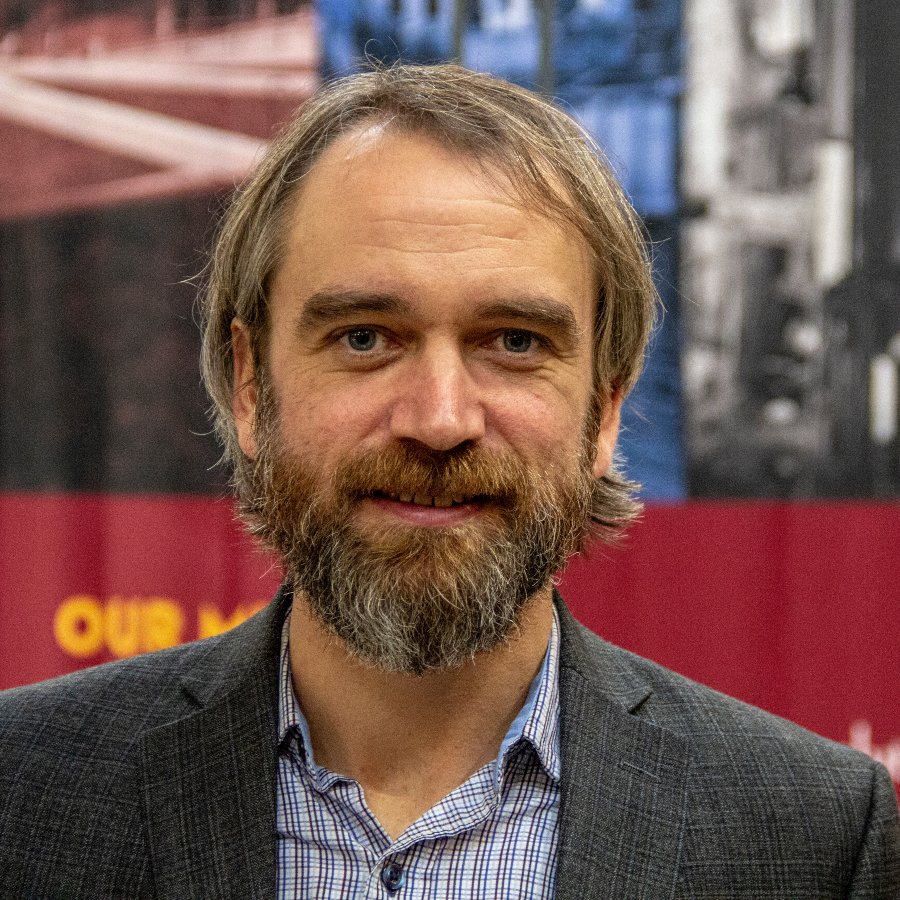
Jeff Berman
Civil and Environmental Engineering, University of Washington
ABSTRACT: Steel braced frames are widely used as seismic force resisting systems; they provide high stiffness, good ductility, and competitive economy. In chevron or inverted-V configurations, braced frames also allow for architectural flexibility, and architects and structural engineers favored these configurations as recently as the early 1990s. In the late 1990s, updates to seismic design requirements resulted in very large beam sizes for chevron-braced frames, greatly reducing the economy of the system. Recent research has demonstrated that an alternative yield mechanism that relies on flexural yielding of beams in chevron frames provides seismic performance comparable or better than frames designed to current requirements, and the alternative significantly improves the system’s economics. Berman highlights the research that led to discovery of this alternative mechanism, the large-scale experiments and computational studies conducted, and the development of requirements for the system. The new requirements are to be implemented in the next update to AISC's Seismic Provisions for Structural Steel Buildings.
(recording not available)
A Biogeochemical Perspective on the Reactivity of Dissolved Organic Matter in Natural Waters: from Antarctica to the Arctic
Friday, Nov. 1, 2019, 10:10 a.m. through Friday, Nov. 1, 2019, 11:15 a.m.
George J. Schroepfer Conference Theater, 210 Civil Engineering Building

Diane McKnight
Civil, Environmental, and Architectural Engineering, University of Colorado Boulder
ABSTRACT: Dissolved organic matter (DOM) is ubiquitous in natural waters; it is derived from degradation of plant and microbial precursor organic materials. DOM concentrations are increasing in lakes and streams of north temperate regions and the Arctic. DOM is of interest to environmental engineers for several reasons. For example, the transport of trace metals and organic pollutants and the production of disinfection by products in drinking water treatment can be controlled by interactions with DOM. Further, environmental engineers, biogeochemists, and aquatic ecologists use similar methods for chemical characterization of DOM even though these research communities address different questions. Diane McKnight discusses how understanding ecological and biogeochemical processes in lakes and streams can provide useful, complementary insights beyond chemical characterization, and lead to managing current environmental engineering issues involving DOM. McKnight presents studies from the McMurdo Dry Valleys in Antarctica, the Okavango Delta in Botswana, and the arctic tundra in Alaska.
Recent Innovations in Concrete Materials and Technologies
Friday, Oct. 25, 2019, 10:10 a.m. through Friday, Oct. 25, 2019, 11:15 a.m.
George J. Schroepfer Conference Theater, 210 Civil Engineering Building
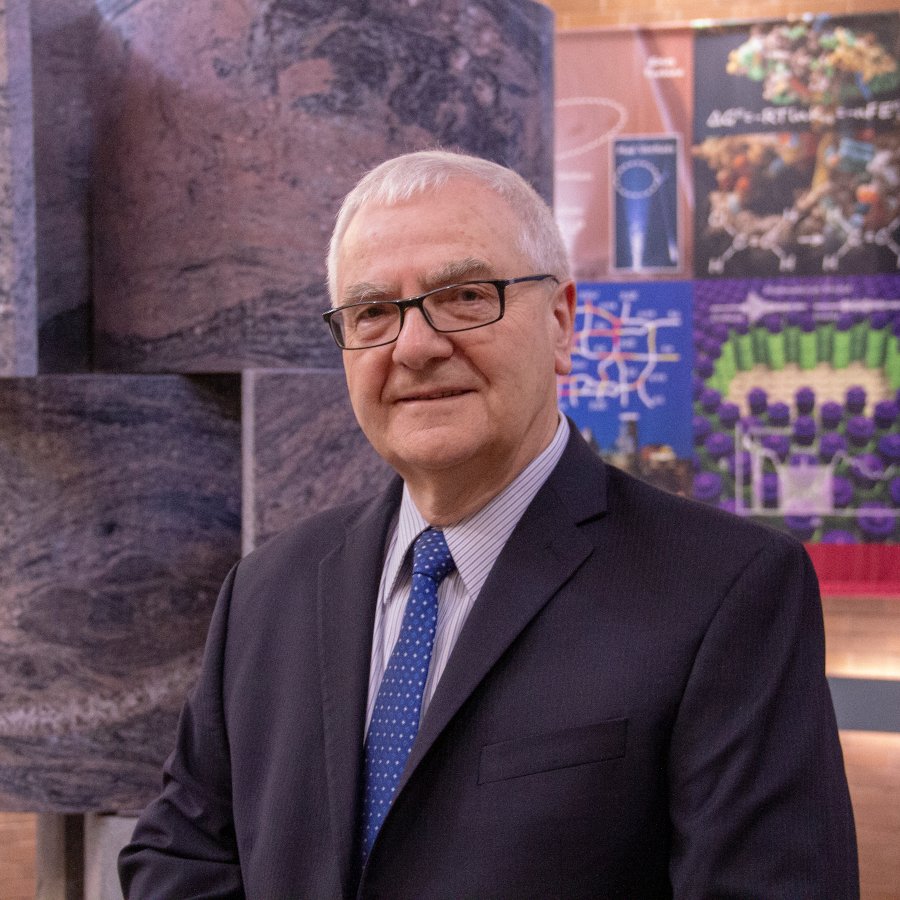
Jan Olek
Civil Engineering, Purdue University
ABSTRACT: The development of cementitious binders capable of hardening by binding of CO2 and recent forays into additive manufacturing (3D printing) of concrete are just two examples of transformations in the ways we think about concrete materials and construction technology. Olek focuses on these relatively young innovations in the traditionally conservative construction sector as a way to address such looming challenges as global climate change due to emissions and need for more sustainable technologies. Olek first reviews reaction mechanisms underlying the formation of cementing phases in low-lime, non-hydraulic binders and highlight selected mechanical and durability properties of concretes produced using such binders. Then Olek explores mechanical properties and fracture behavior of 3D-printed cement-paste elements with two types of nature-inspired internal architectures (“lamellar” and “Bouligand”) as a means to control their microstructure and mechanical response.